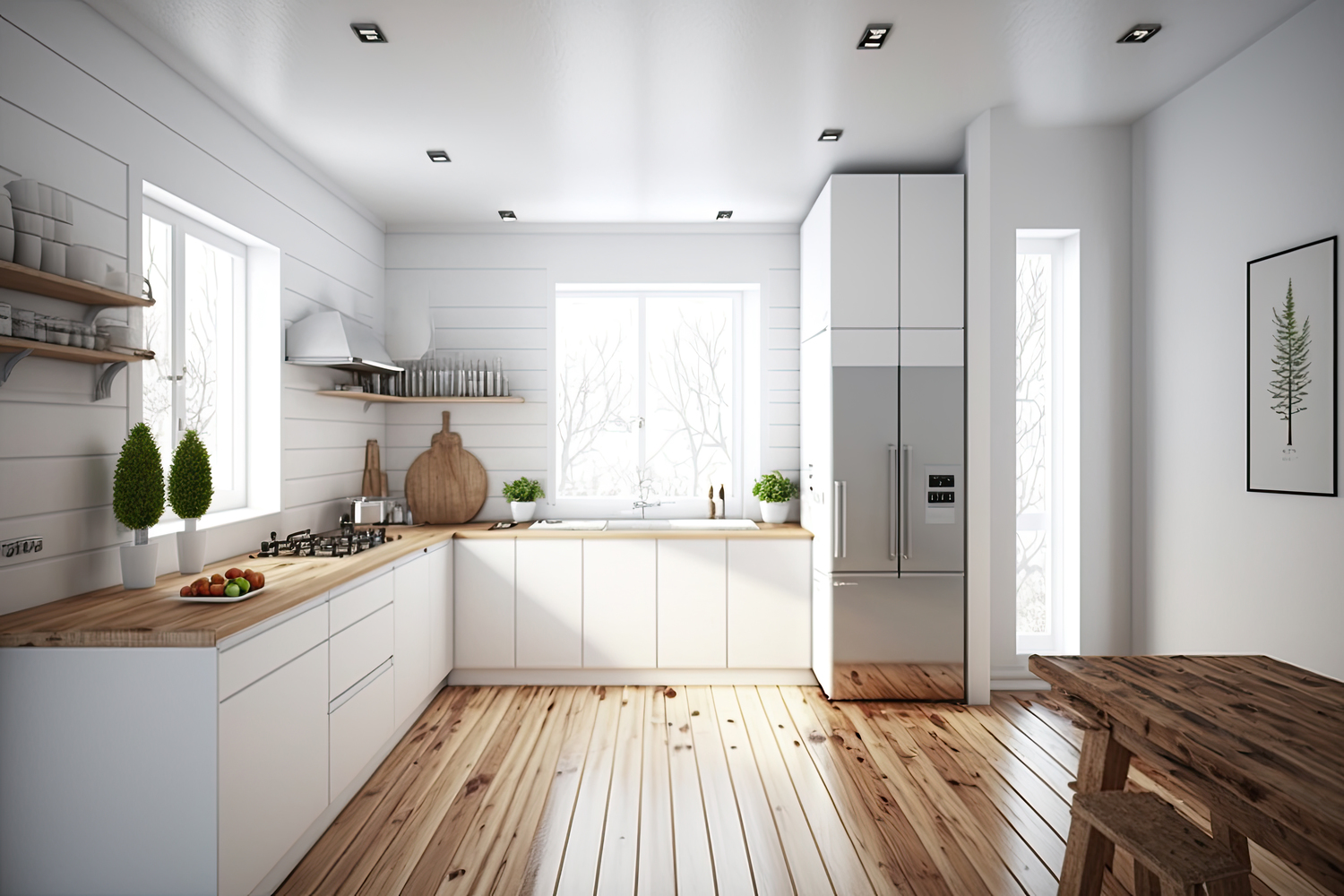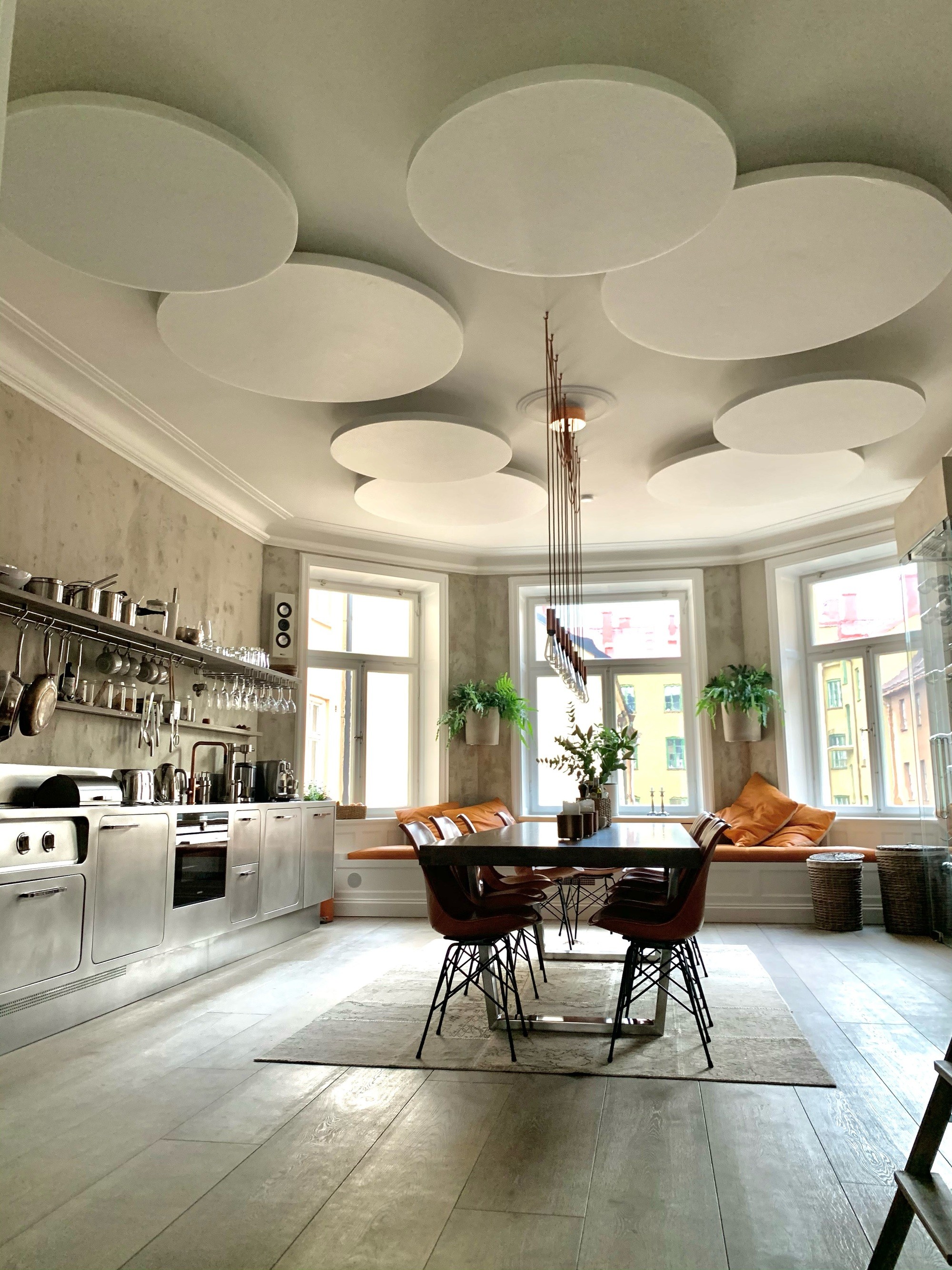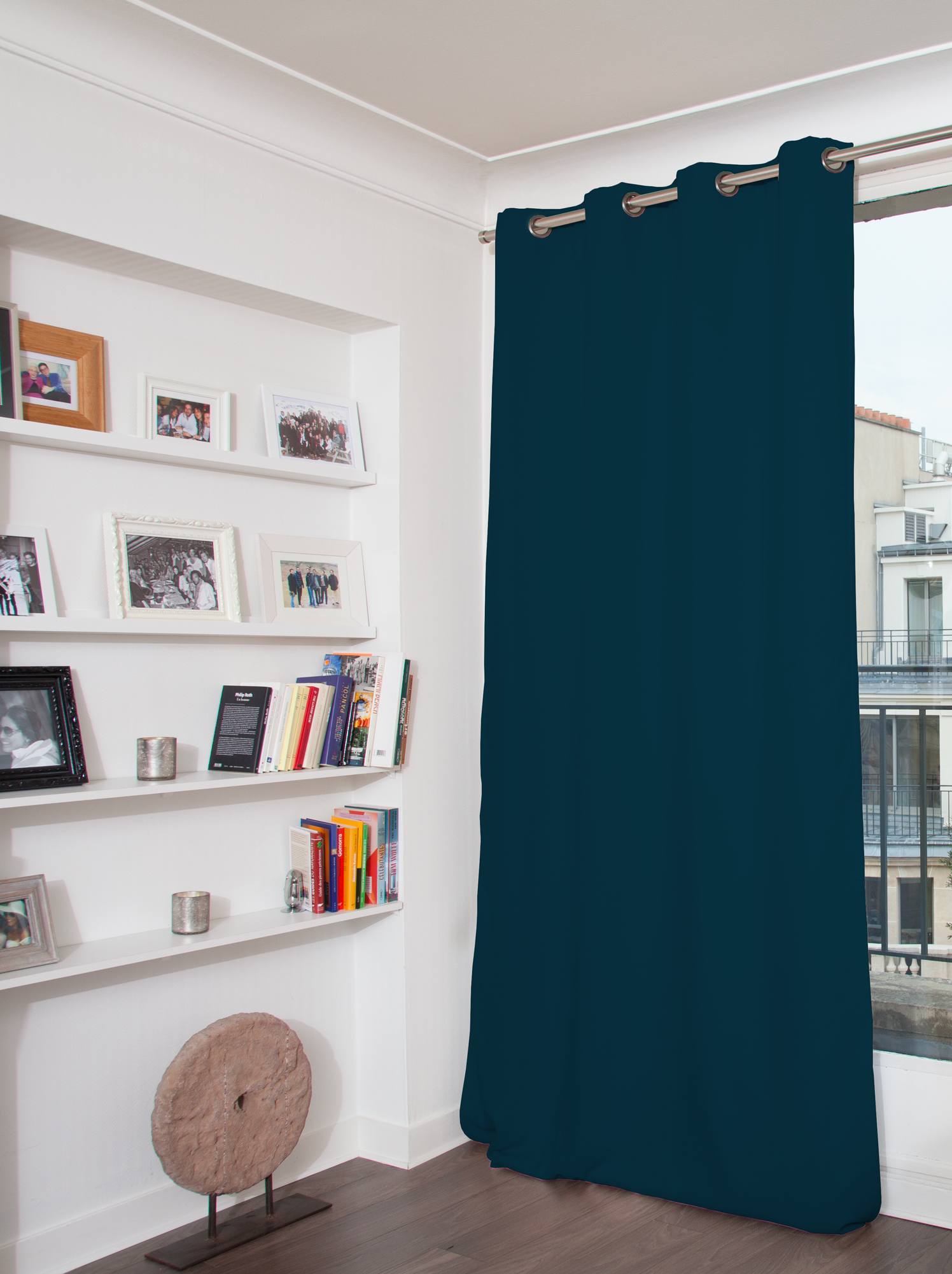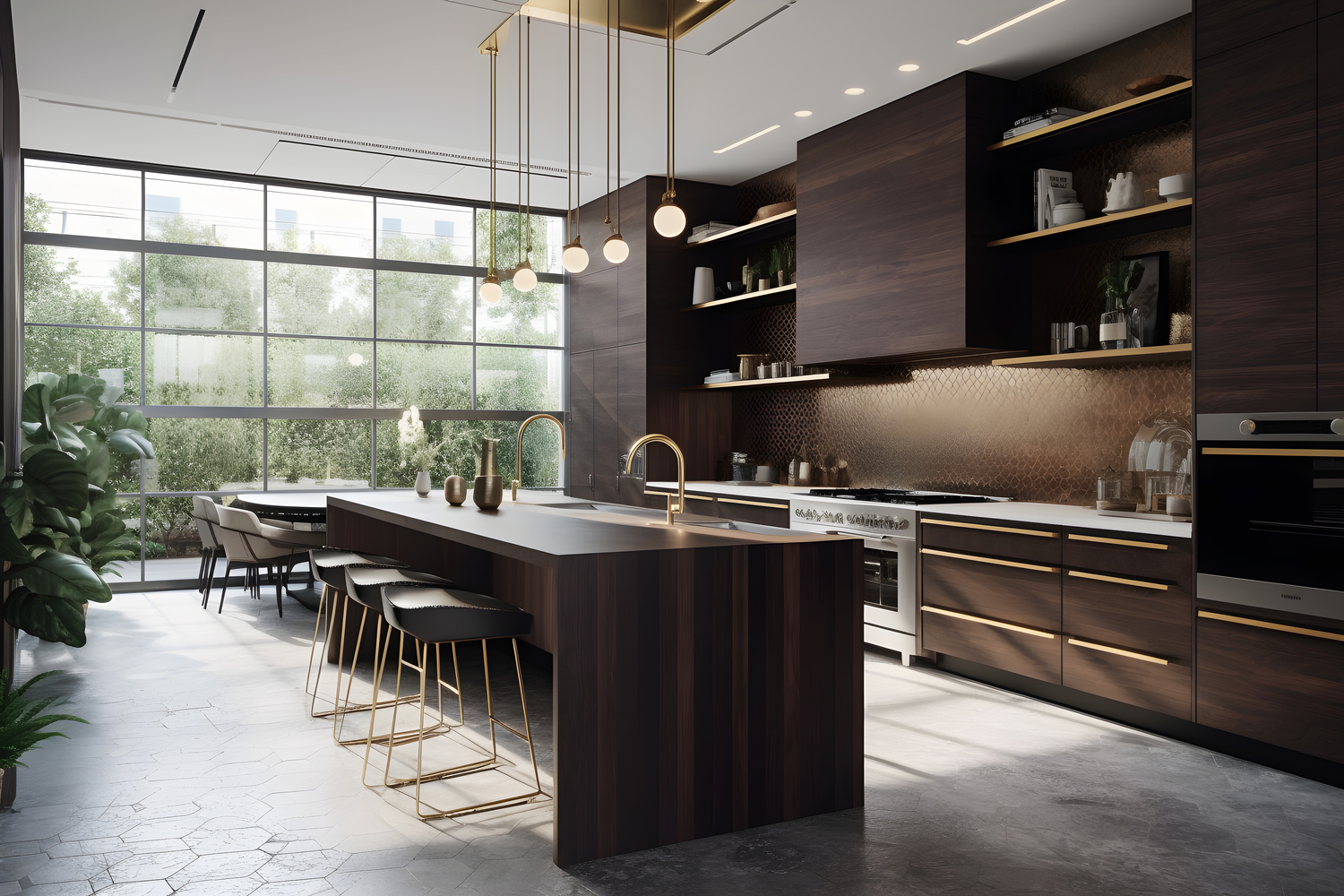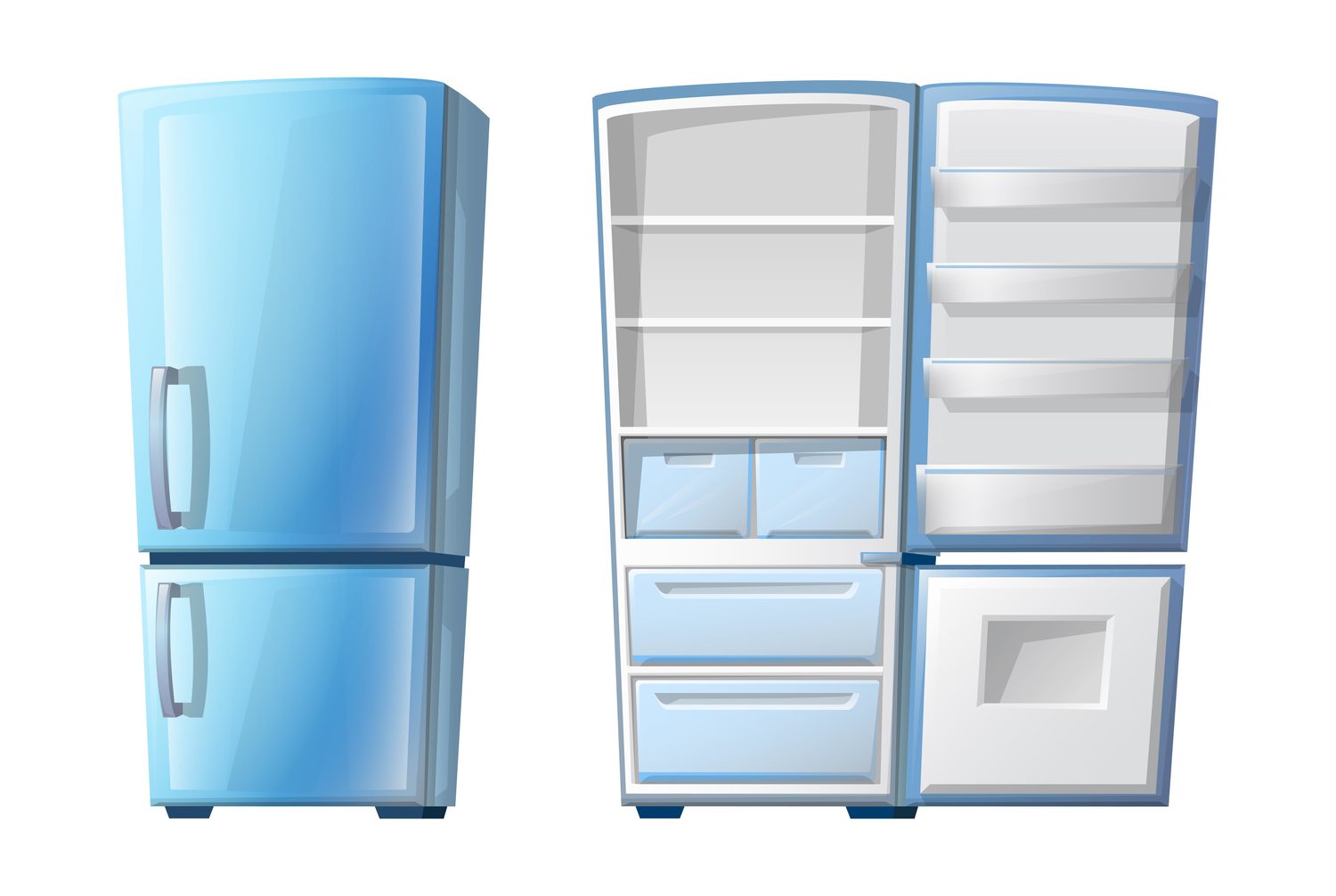Other effective methods for reducing noise in the kitchen – create a harmonious sound environment
A kitchen is often a place where noise levels can be high due to hard surfaces, kitchen appliances, and daily activities such as cooking and washing up. By implementing strategic sound-absorbing measures, you can create a more pleasant and peaceful sound environment without compromising on functionality or aesthetics.
Reduce sound reflections with rugs and textiles
Placing a large, thick rug in the kitchen can be an effective method of reducing sound reflections. Hard floors, such as tile or wood, often contribute to sound bouncing and amplifying, but a rug can absorb both the sound of footsteps and other movements. In addition to rugs, upholstered furniture and textiles can contribute to a more subdued sound environment. Chairs with upholstered seats or benches with padded cushions absorb sound and reduce reverberation in the room. By incorporating more textiles into the kitchen, such as curtains and fabric-covered seating, you can create a softer and more pleasant soundscape.
Sound-absorbing windows and doors to reduce external noise
If your kitchen is located near a busy street or noisy area, soundproof windows and doors can be an important solution. Modern windows with multiple layers of glass and insulating materials can drastically reduce noise coming in from outside. Doors leading to or from the kitchen can also affect the sound environment. If possible, choose soundproof interior doors, which reduce sound transmission to adjacent rooms. For kitchens that open onto the living room or dining room, you can also consider using sound-absorbing sliding doors or curtains to reduce the noise level when necessary.
Reduce noise from kitchen fittings and cabinets
Kitchen doors and cabinets can be a source of annoying noise, especially if they are opened and closed frequently. By choosing kitchen cabinets with soft-close mechanisms, you can minimize the loud bangs that can otherwise occur during use. It is also possible to attach sound-absorbing panels to the inside of cabinet doors to further reduce noise levels. For cabinets and drawers that are used frequently, small damping pads can be placed in the corners to absorb impact noise.
Optimize humidity and indoor climate for better acoustics
One factor that is often overlooked when it comes to the sound environment is humidity. Dry air can amplify sound reflections, while well-balanced humidity can help create a softer soundscape. By using a humidifier when needed, you can regulate humidity and thus reduce sharp sound reflections from hard surfaces.
Use plants to dampen sound naturally
Plants are not only decorative but also act as natural sound absorbers. By placing green plants in the kitchen, you can dampen certain sounds while improving air quality. Large foliage has particularly good sound-absorbing properties and can be placed in corners or near windows where sound is often reflected.
Integrate sound-absorbing art and decorations
To combine functionality with aesthetics, you can use sound-absorbing artwork and decorative panels. There are specially designed paintings and wall panels with sound-absorbing materials that can reduce sound reflections while enhancing the kitchen's interior design. These panels can be placed on large wall surfaces or in areas where sound is most reflected.
Choose sound-absorbing flooring
To further dampen sound, you can choose flooring materials with sound-absorbing properties, such as cork or textile-based carpets. Cork is particularly effective because it has a natural elasticity that helps reduce both structure-borne and airborne sound.
Quiet kitchen appliances for a calmer environment
When replacing kitchen appliances, consider choosing models that have noise-reducing features. Many modern dishwashers, refrigerators, and fans are designed to be extra quiet and have built-in sound-absorbing materials to minimize noise. By investing in quieter appliances, you can improve the long-term acoustic comfort of your kitchen.
Optimize your kitchen layout to reduce sound reflections
The layout of your kitchen also affects the sound environment. By strategically placing kitchen islands, furniture, and storage spaces, you can break up sound waves and reduce sound reflections. For example, a kitchen island can act as a natural sound barrier, while open shelves and textiles can help absorb sound.
Sound-absorbing storage solutions and kitchen utensils
Noise from pots, cutlery, and other kitchen utensils can be one of the most noticeable sources of noise in the kitchen. By using storage boxes and baskets with sound-absorbing interiors, you can reduce the clattering noise from metal objects. Kitchen textiles such as towels and dishcloths made from thicker materials can also act as sound absorbers and help to dampen the noise from everyday kitchen activities.
Integrated sound-absorbing solutions in kitchen islands and cabinets
If your kitchen island is used as a dining area or work surface, you can integrate sound-absorbing materials directly into the design of the kitchen island. By including damping panels or using materials with sound-absorbing properties, you can reduce noise and create a more pleasant atmosphere. Cabinets and drawers with built-in sound-absorbing materials can also help reduce noise levels in the kitchen, especially if they are used frequently.
Create a more harmonious and sound-friendly kitchen
By combining different sound-absorbing measures, you can create a more harmonious and pleasant sound environment in the kitchen. Smart solutions such as rugs, textiles, soundproof windows and cabinet doors, plants, and sound-absorbing art and flooring can effectively reduce sound reflections and improve acoustics. When choosing sound-absorbing solutions, it is important to find a balance between aesthetics and functionality, so that the kitchen remains both practical and beautiful. By planning and integrating sound-absorbing materials in strategic locations, you can create a pleasant kitchen environment with a comfortable noise level and optimal comfort.





